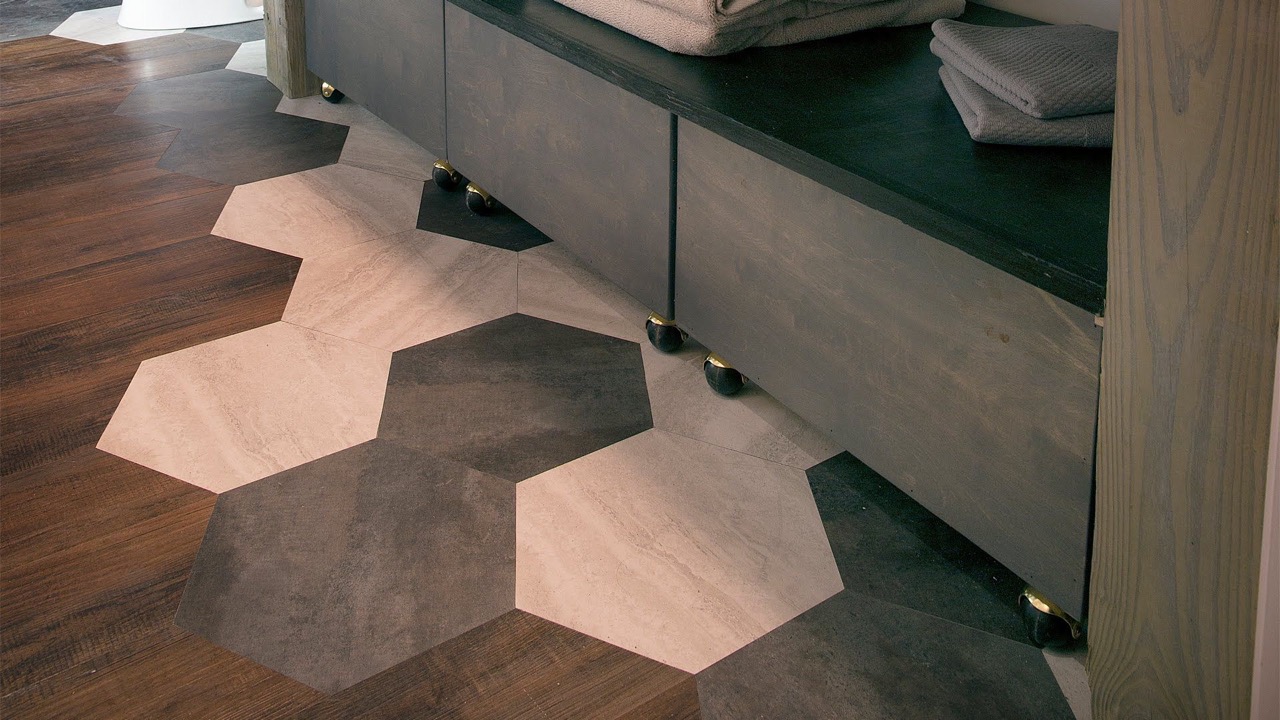

Articles
What Is Peel And Stick Flooring
Modified: January 24, 2024
Discover the benefits and installation process of peel and stick flooring in our informative articles. Explore the endless possibilities for transforming your space effortlessly.
(Many of the links in this article redirect to a specific reviewed product. Your purchase of these products through affiliate links helps to generate commission for Storables.com, at no extra cost. Learn more)
Introduction
Peel and stick flooring, also known as self-adhesive flooring, has become a popular choice for homeowners looking for a quick and easy way to update their floors. This innovative flooring solution offers the convenience of easy installation without the need for glue or nails. Whether you’re looking to spruce up your kitchen, transform your bathroom, or revamp your entire home, peel and stick flooring can be a cost-effective and stylish option.
In this article, we will explore the ins and outs of peel and stick flooring. We’ll delve into its features and benefits, discuss the different types available, and provide a step-by-step guide to installing and maintaining this type of flooring. So, if you’re considering peel and stick flooring for your next home improvement project, read on to discover everything you need to know.
Key Takeaways:
- Peel and stick flooring offers easy installation, versatility, and affordability, making it a practical choice for DIY enthusiasts looking to update their floors with a stylish and cost-effective solution.
- While peel and stick flooring has its advantages, it’s essential to consider factors like subfloor condition, desired durability, and budget before making a decision. Careful research and selection are crucial for a successful home improvement project.
Read more: What Is The Best Peel And Stick Flooring
Understanding Peel and Stick Flooring
Peel and stick flooring is a type of flooring that comes in tiles or planks with an adhesive backing. The process of installing this flooring involves simply peeling off the protective backing and sticking the tiles or planks directly onto the prepared subfloor or existing floor surface. This eliminates the need for additional adhesives or professional installation, making it a convenient choice for DIY enthusiasts.
One of the main advantages of peel and stick flooring is its versatility. It is available in a wide range of materials, including vinyl, laminate, and even some types of tile. This allows homeowners to choose the look and style that best suits their aesthetic preferences and the specific room they are renovating.
Another important aspect to consider is the durability of peel and stick flooring. While it may not be as long-lasting as some other flooring options, such as hardwood or ceramic tiles, it can still withstand regular wear and tear in high traffic areas. It is also relatively water-resistant, which makes it a suitable choice for bathrooms and kitchens.
Additionally, peel and stick flooring is often designed to be easy to clean and maintain. Most options are resistant to staining and can be easily wiped clean with a damp cloth or mop. This makes it a practical choice for households with pets or young children.
It’s worth noting that while peel and stick flooring can be a great solution for many homeowners, it may not be suitable for all situations. It is important to assess the condition of your subfloor before installing this type of flooring. Any irregularities or imperfections in the subfloor can affect the final result and potentially lead to problems down the line.
In the next section, we will explore the pros and cons of peel and stick flooring to help you make an informed decision for your home.
Pros and Cons of Peel and Stick Flooring
Like any flooring option, peel and stick flooring has its own set of pros and cons. Understanding these can help you determine if it is the right choice for your home. Let’s take a look at the advantages and disadvantages of peel and stick flooring.
Pros:
- Easy Installation: Peel and stick flooring is incredibly easy to install, making it an ideal choice for DIYers. The adhesive backing eliminates the need for additional glue or nails, saving you time and effort.
- Versatility: Peel and stick flooring is available in a wide range of styles, colors, and materials, allowing you to choose the look that suits your aesthetic preferences and complements your home decor.
- Affordability: Compared to other flooring options, peel and stick flooring is relatively affordable. It allows you to achieve the look of high-end materials, such as hardwood or ceramic, at a fraction of the cost.
- Durability: While not as long-lasting as some other flooring options, peel and stick flooring can still withstand regular wear and tear, making it suitable for high traffic areas of your home.
- Easy Maintenance: Cleaning peel and stick flooring is a breeze. Most options are resistant to staining and can be easily cleaned with a damp cloth or mop, making it a practical choice for busy households.
Cons:
- Not Ideal for Uneven Subfloors: Peel and stick flooring requires a smooth and level subfloor for proper installation. Any imperfections or irregularities in the subfloor can affect the final result and may lead to problems in the future.
- Not as Durable as Some Options: While peel and stick flooring is durable, it may not be as long-lasting as other flooring options, such as hardwood or ceramic tiles. It is important to consider the expected lifespan of the flooring material before making a decision.
- Limited Repairability: In the event of damage to a single tile or plank, it may be challenging to replace it without noticeable seams or inconsistencies. This can be a drawback if you intend to keep the same flooring for a long period of time.
- Temperature Sensitivity: Some peel and stick flooring materials may be sensitive to temperature changes, which can affect the adhesive and lead to issues with the installation. It’s crucial to follow the manufacturer’s guidelines and ensure proper temperature conditions during installation.
Now that we’ve weighed the pros and cons of peel and stick flooring, let’s explore the different types available in the market.
Read more: How To Clean Peel And Stick Flooring
Different Types of Peel and Stick Flooring
Peel and stick flooring comes in a variety of materials, each with its own unique characteristics and benefits. Here are some of the most common types of peel and stick flooring:
- Vinyl Peel and Stick Flooring: Vinyl is a popular choice for peel and stick flooring due to its durability, water resistance, and affordability. It comes in a range of styles, including wood-look, stone-look, and tile-look, providing a versatile option for any room in your home.
- Laminate Peel and Stick Flooring: Laminate flooring offers the look of real hardwood or stone but at a lower cost. It is scratch-resistant, easy to clean, and can be a good choice for areas with moderate foot traffic.
- Tiles Peel and Stick Flooring: Some peel and stick flooring options mimic the look of ceramic, porcelain, or natural stone tiles. These tiles often have a textured surface, providing a realistic appearance while still maintaining the convenience of peel and stick installation.
- Carpet Tiles: Peel and stick carpet tiles are a great option for adding warmth and comfort to any space. They are available in various colors and styles, allowing you to create unique patterns or mix and match for a customized look.
- Wood-look Peel and Stick Flooring: For those who love the timeless appeal of hardwood flooring but want a more budget-friendly and low-maintenance option, wood-look peel and stick flooring is a great choice. It offers the natural beauty of wood with the convenience of easy installation.
When choosing the type of peel and stick flooring, consider the room you plan to install it in, the level of foot traffic, and the overall aesthetic you want to achieve. Each type of flooring material has its own strengths and limitations, so it’s important to research and select the one that best fits your needs.
Now that you have a better understanding of the different types of peel and stick flooring, let’s move on to the installation process.
Installation Process of Peel and Stick Flooring
The installation process of peel and stick flooring is relatively straightforward, making it a popular choice for DIY projects. Here is a step-by-step guide to installing peel and stick flooring:
- Prepare the Subfloor: Start by thoroughly cleaning and preparing the subfloor. Remove any debris, dust, or existing flooring. Ensure that the subfloor is dry, smooth, and level. If necessary, use a self-leveling compound to fix any imperfections in the subfloor.
- Acclimate the Flooring: Open the boxes of peel and stick flooring and allow the tiles or planks to acclimate to the room’s temperature and humidity for at least 48 hours. This will ensure that the flooring adjusts to the environment and minimizes the risk of expansion or contraction after installation.
- Determine the Starting Point: Decide where you want to begin the installation. It’s typically best to start in a corner of the room or against a straight wall. Use a chalk line or a straight edge to mark a reference line to ensure straight installation.
- Apply the Flooring: Peel off the protective backing from the first tile or plank and carefully place it on the subfloor, following the marked reference line. Press firmly to ensure good adhesion. Continue installing the flooring, aligning each tile or plank with the previous one, using a utility knife or scissors to trim the pieces as needed.
- Overlap the Joints: Depending on the specific peel and stick flooring you’re using, some may require you to overlap the edges or joints of the tiles or planks. Follow the manufacturer’s instructions to ensure proper overlapping techniques for a seamless finish.
- Roll the Flooring: Once all the tiles or planks are installed, use a floor roller or a rolling pin to roll over the entire surface. This will help ensure proper adhesion and bond between the flooring and the subfloor.
- Allow for Expansion Gaps: Leave a small expansion gap around the perimeter of the room, as specified by the manufacturer. This allows the flooring to naturally expand and contract with temperature and humidity changes without buckling or warping.
It’s important to carefully follow the specific installation instructions provided by the manufacturer of your peel and stick flooring. Each type of flooring may have variations in installation techniques, adhesive properties, and recommended tools.
Once the flooring is installed, you can move on to the next step: maintenance and care.
When installing peel and stick flooring, make sure to thoroughly clean and dry the surface before applying the tiles to ensure a strong and long-lasting bond.
Maintenance and Care for Peel and Stick Flooring
Maintaining and caring for your peel and stick flooring is relatively easy and straightforward. By following a few simple steps, you can keep your floors looking clean and in great condition for years to come. Here are some maintenance and care tips for peel and stick flooring:
- Regular Cleaning: Sweep or vacuum your peel and stick flooring regularly to remove dirt, dust, and debris. This will prevent scratches and keep the surface looking clean. Be sure to use a soft-bristled brush or a vacuum with a brush attachment to avoid any damage to the flooring.
- Spot Cleaning: Quickly clean up spills or stains as soon as they occur to prevent them from setting into the flooring. Use a damp cloth or mop with mild soap or a recommended cleaner for your specific type of peel and stick flooring. Avoid using harsh chemicals or abrasive cleaners that can damage the surface.
- Avoid Excessive Water: While peel and stick flooring is water-resistant, it’s important to minimize prolonged exposure to standing water or excessive moisture. Wipe up any spills promptly and use a damp, not wet, mop to clean the floor. Avoid steam mops or excessive water during cleaning.
- Protective Measures: Place mats or rugs in high-traffic areas, such as entryways or near sinks, to prevent dirt, grit, and moisture from being tracked onto the floor. Use felt pads on the bottom of furniture legs to protect against scratches and scuffs when moving furniture.
- Avoid Sharp Objects: Be careful when moving heavy objects or using sharp objects on the flooring surface. Sharp or pointed items can potentially scratch or puncture the flooring. Use furniture sliders or lift heavy items instead of dragging them across the floor.
- Regular Inspections: Periodically inspect your peel and stick flooring for any signs of damage or wear. Look for lifting edges, loose tiles or planks, or areas that require repair. Address any issues promptly to prevent further damage.
- Follow Manufacturer’s Recommendations: It’s important to adhere to the manufacturer’s specific care and maintenance guidelines for your peel and stick flooring. Different types of flooring may have specific requirements or cleaning instructions, so it’s essential to consult the manufacturer’s recommendations for best results.
By following these maintenance and care tips, you can keep your peel and stick flooring looking fresh and beautiful for years to come.
Now that we’ve covered the maintenance and care aspects of peel and stick flooring, let’s move on to discussing its cost.
Cost of Peel and Stick Flooring
Peel and stick flooring is known for its affordability compared to other flooring options. The cost of peel and stick flooring can vary depending on factors such as the type of material, quality, brand, and the size of the area to be covered. Here are some cost considerations to keep in mind:
Material Types: Peel and stick flooring is available in different materials, each with its own price range. Vinyl peel and stick flooring is generally the most affordable option, followed by laminate and tile-look varieties. Wood-look peel and stick flooring tends to be slightly more expensive but still more affordable than real hardwood flooring.
Square Footage: The total cost of peel and stick flooring will depend on the square footage of the area you plan to cover. Determine the size of the room or rooms where you’ll be installing the flooring to estimate the required amount of flooring and calculate the cost accordingly.
Quality and Brand: The quality and brand of the peel and stick flooring can also impact the cost. Higher-end brands or those offering additional features, such as enhanced durability or waterproof properties, may come with a higher price tag. However, it’s important to balance cost with quality to ensure you choose a reliable and long-lasting product.
Installation Costs: One of the advantages of peel and stick flooring is that it can be installed as a DIY project, eliminating the need for professional installation costs. However, if you prefer to hire a professional, keep in mind that additional installation costs may apply.
Additional Tools and Materials: While peel and stick flooring typically does not require additional adhesives or tools for installation, you may need basic tools like a utility knife or scissors for trimming, as well as a floor roller for a smooth finish. These additional tools can add to the overall cost if you don’t already have them on hand.
In general, peel and stick flooring can cost anywhere from $1 to $8 per square foot, including costs for the flooring material itself. It’s important to compare prices and consider the quality, durability, and warranty of the flooring you choose to make an informed decision.
Lastly, keep in mind that investing in a higher-quality peel and stick flooring may provide better longevity and durability, potentially saving you money in the long run by reducing the need for repairs or replacements.
Now that you have an idea of the cost considerations, let’s wrap up this article.
Read more: How To Lay Peel And Stick Tile Floors
Conclusion
Peel and stick flooring offers homeowners a convenient and affordable way to update their floors. With its easy installation process and wide range of material options, it has become a popular choice for DIY enthusiasts looking to transform their living spaces. Whether you’re considering vinyl, laminate, or tile-look peel and stick flooring, there is a style to suit every taste and room decor.
While peel and stick flooring has its advantages, such as easy installation, versatility, and affordability, it’s important to weigh the pros and cons before making a decision. Assessing factors like subfloor condition, desired durability, and budget can help determine if peel and stick flooring is the right choice for your home.
Maintaining and caring for peel and stick flooring is relatively simple. Regular cleaning, spot cleaning, and taking precautions to protect the flooring can help maintain its appearance and longevity. Following the manufacturer’s recommendations for maintenance and care is essential for optimal performance and durability.
Cost is another important consideration when it comes to peel and stick flooring. The price can vary depending on factors such as material, square footage, and brand. By comparing prices, considering quality, and factoring in any additional installation or tool costs, you can find a peel and stick flooring option that fits both your budget and desired aesthetic.
In conclusion, peel and stick flooring provides a practical and cost-effective solution for upgrading your floors. With its easy installation, versatility, and maintenance, it’s a great choice for DIY projects and can create a fresh and stylish look in any room of your home. Just remember to carefully research and choose the right type of peel and stick flooring based on your specific needs and preferences.
Now that you’re equipped with the knowledge about peel and stick flooring, you can confidently embark on your next home improvement project.
Frequently Asked Questions about What Is Peel And Stick Flooring
Was this page helpful?
At Storables.com, we guarantee accurate and reliable information. Our content, validated by Expert Board Contributors, is crafted following stringent Editorial Policies. We're committed to providing you with well-researched, expert-backed insights for all your informational needs.
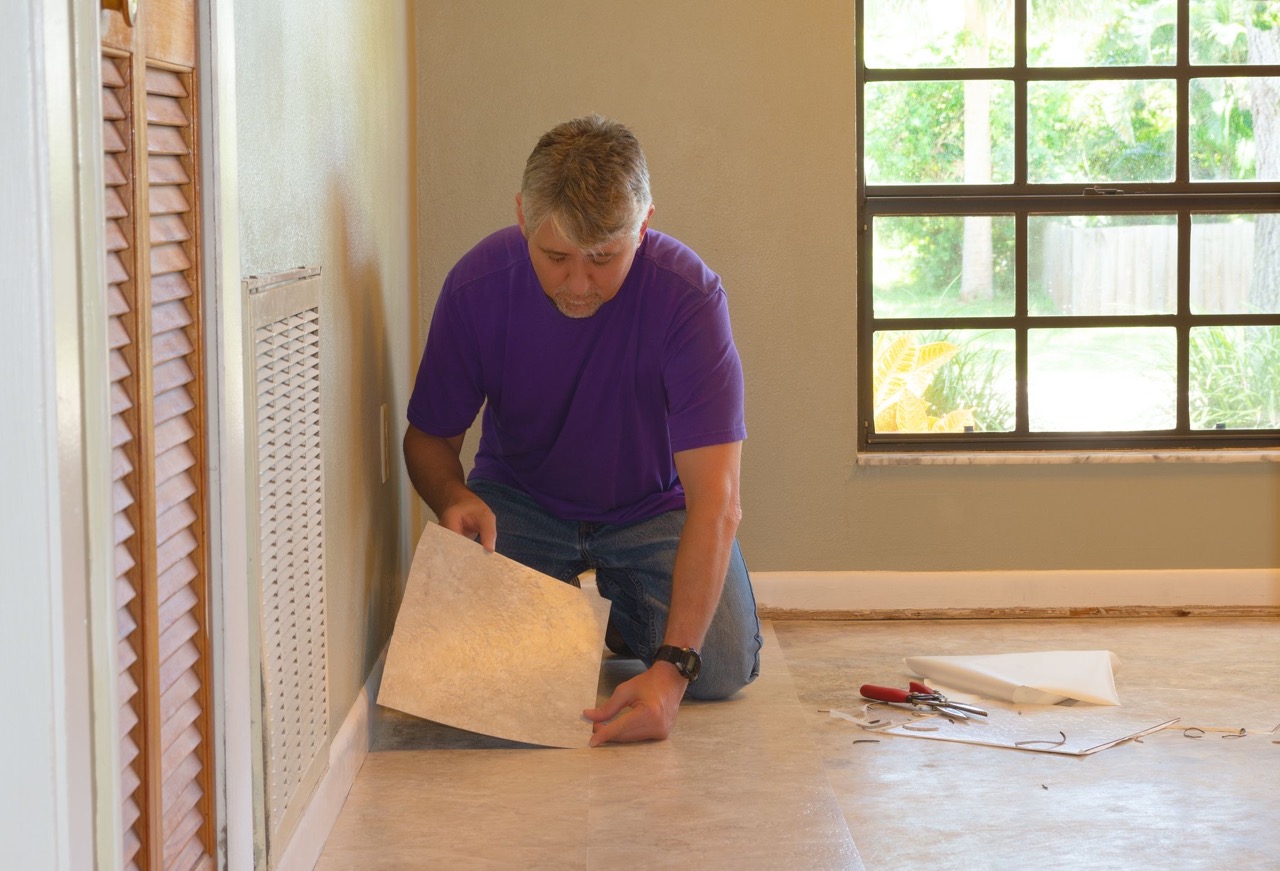
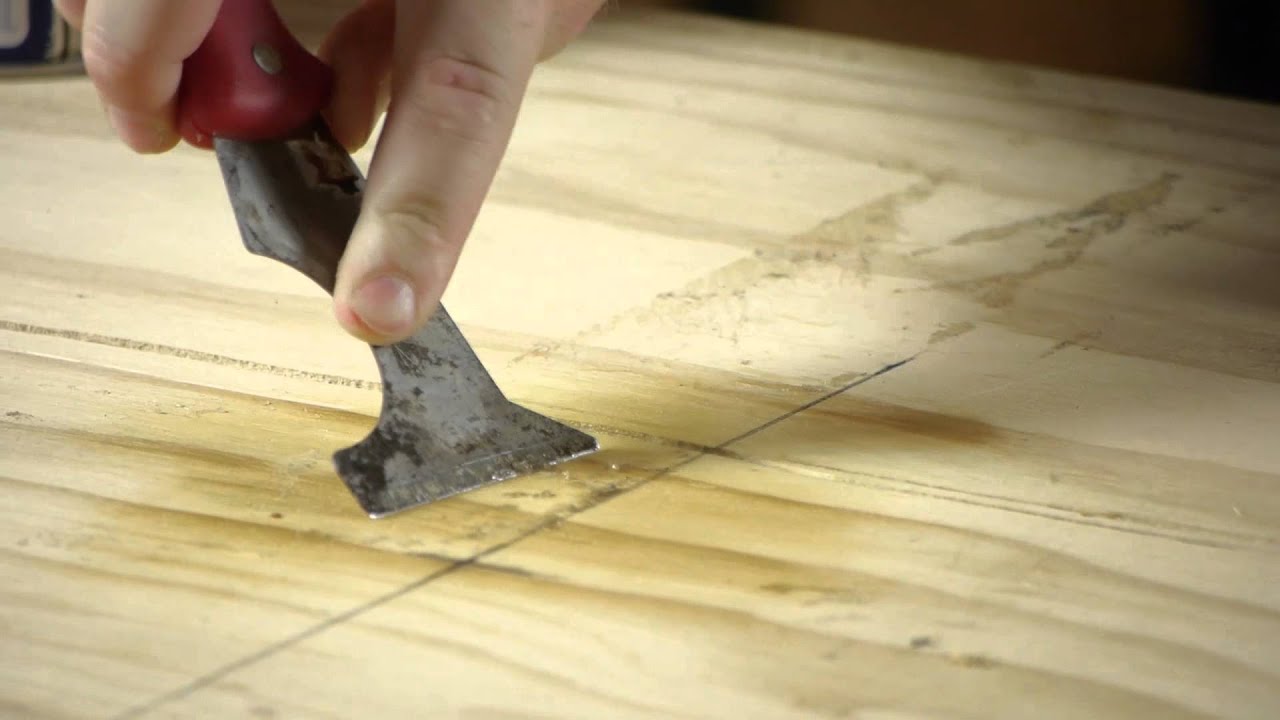
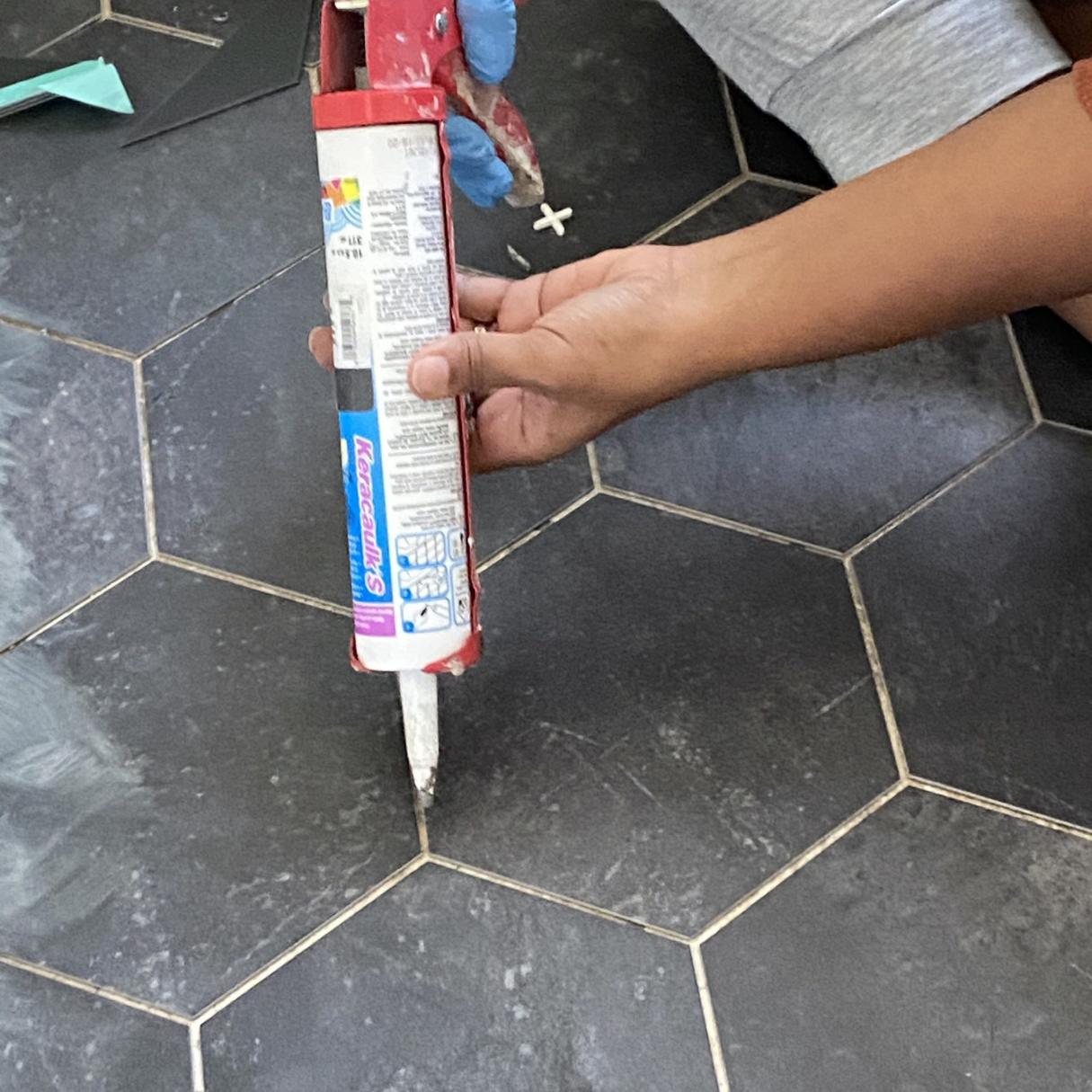
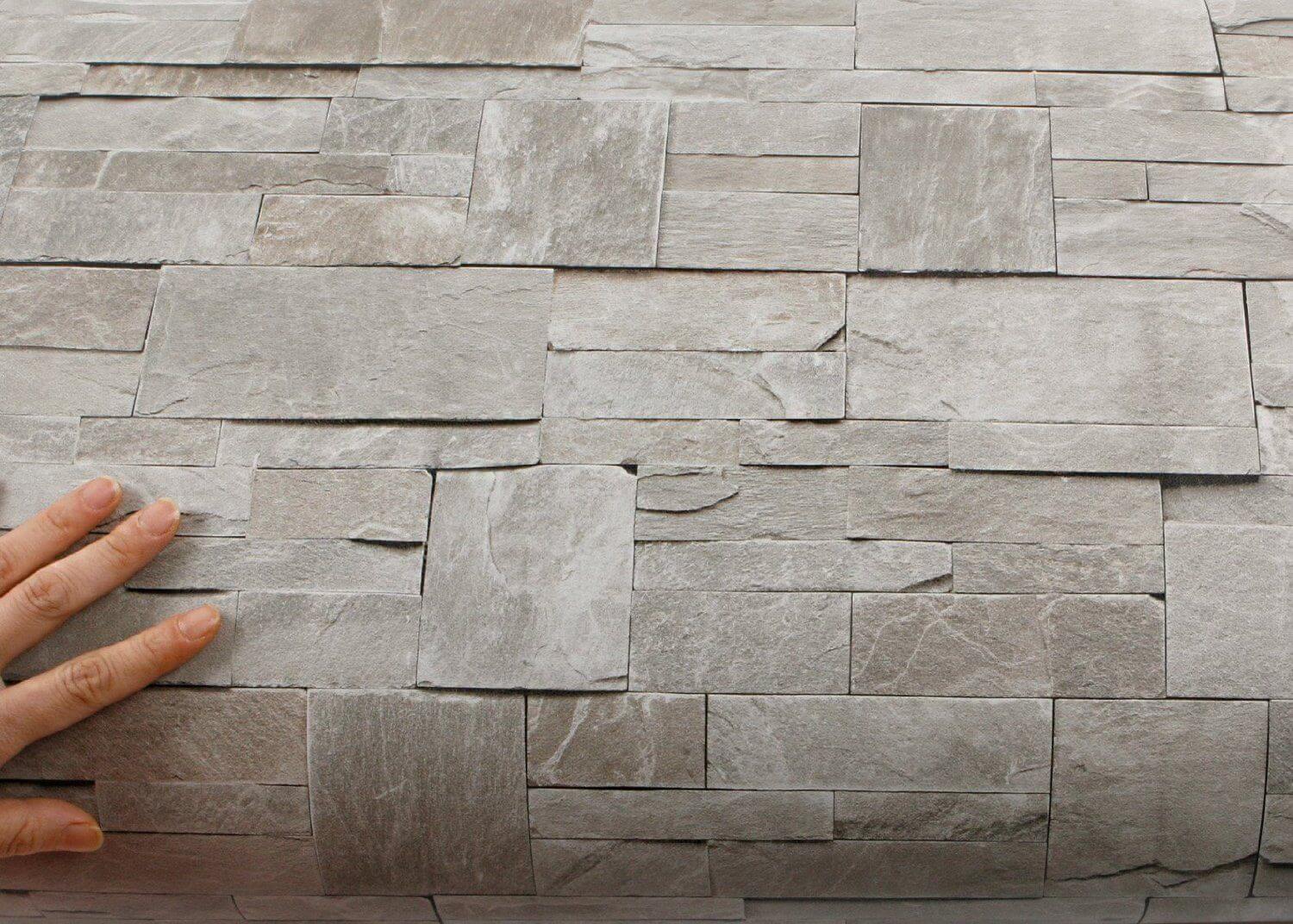
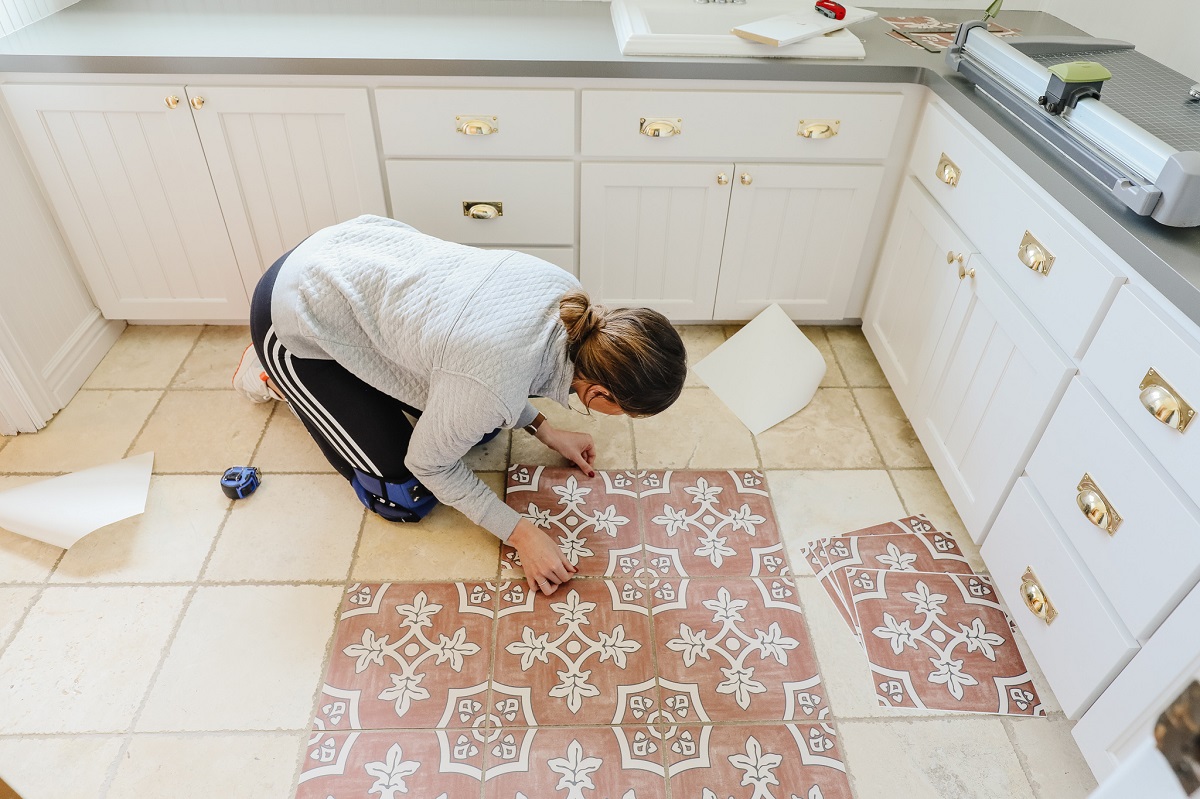
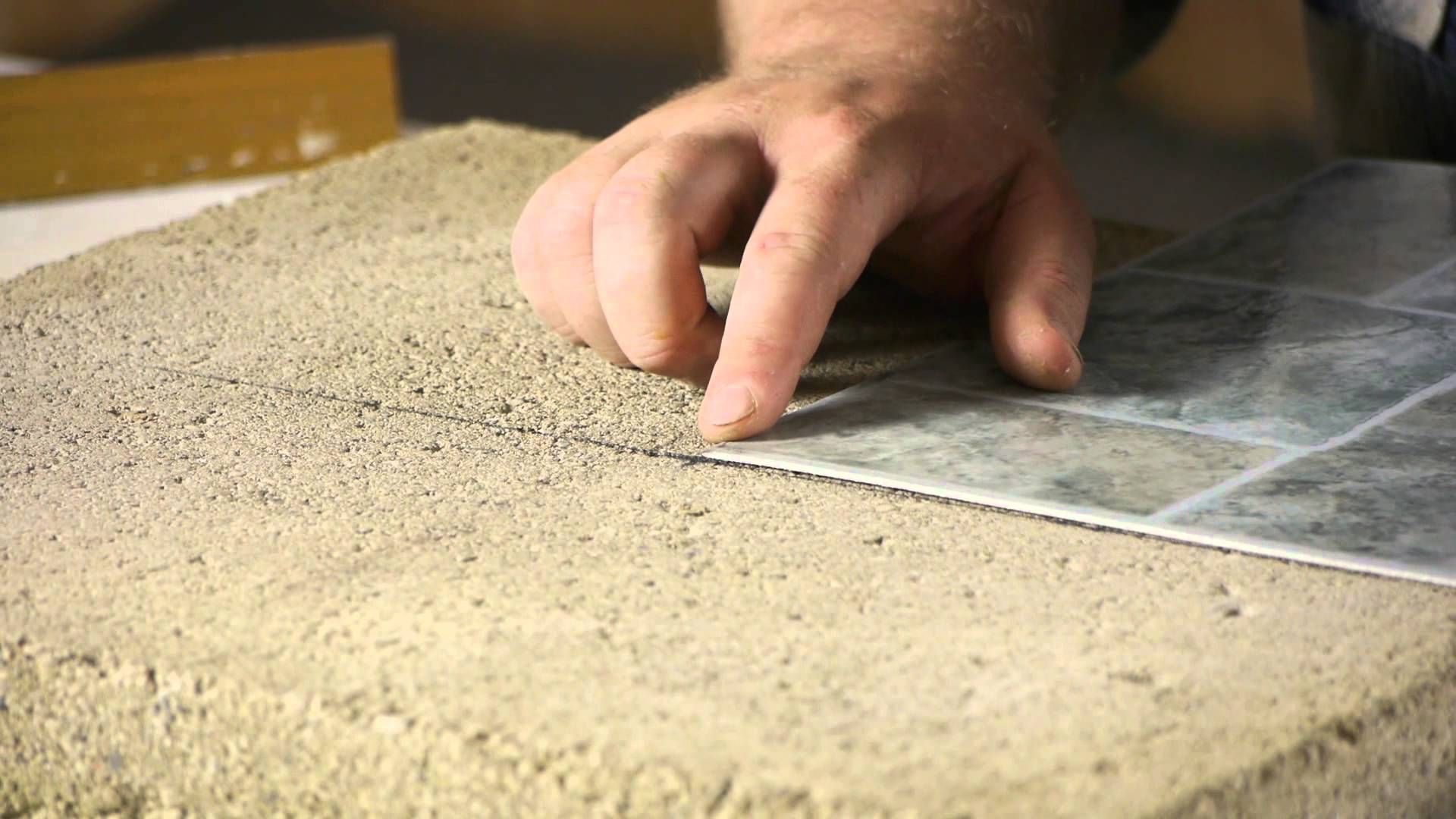
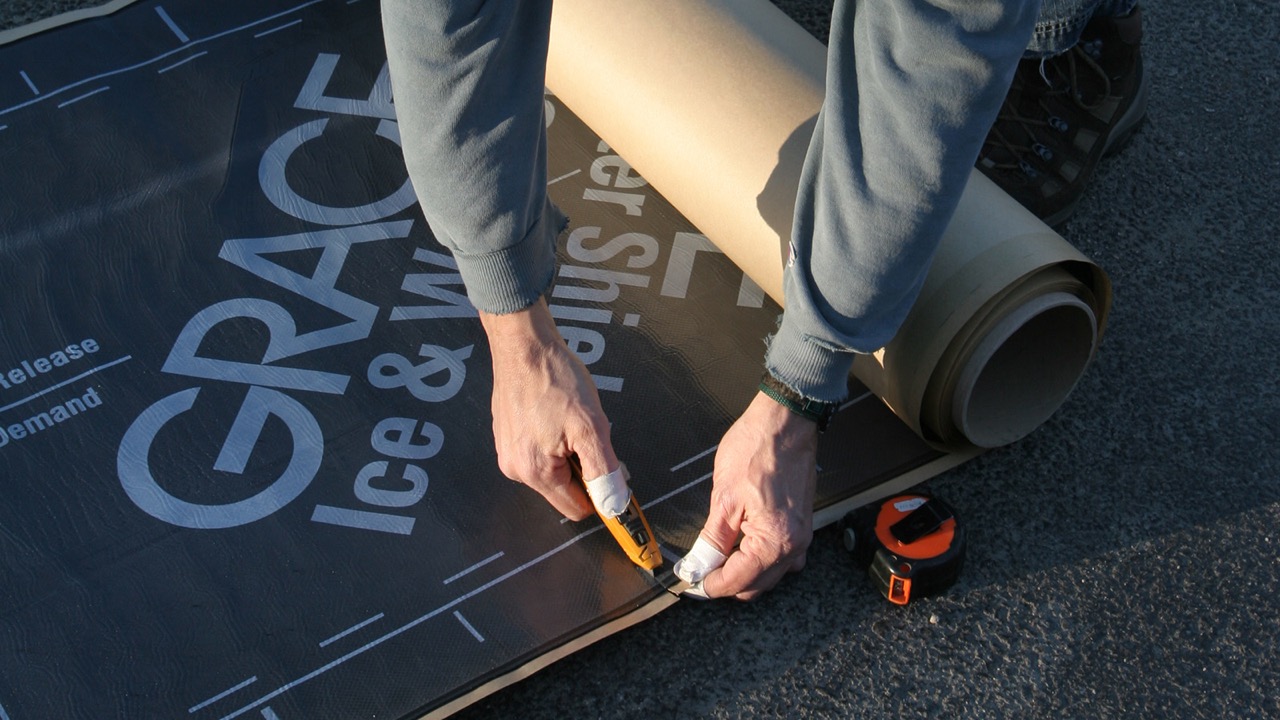
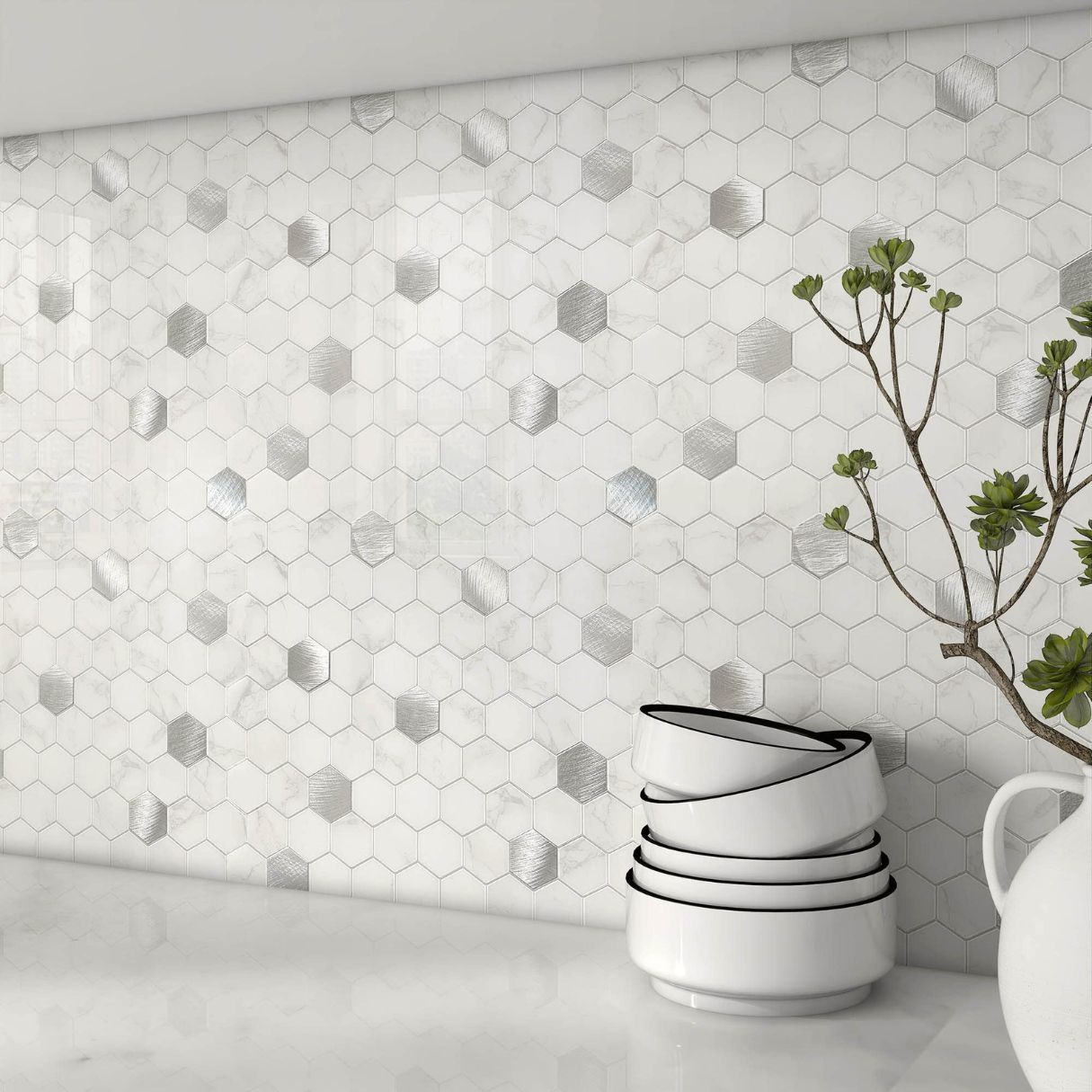
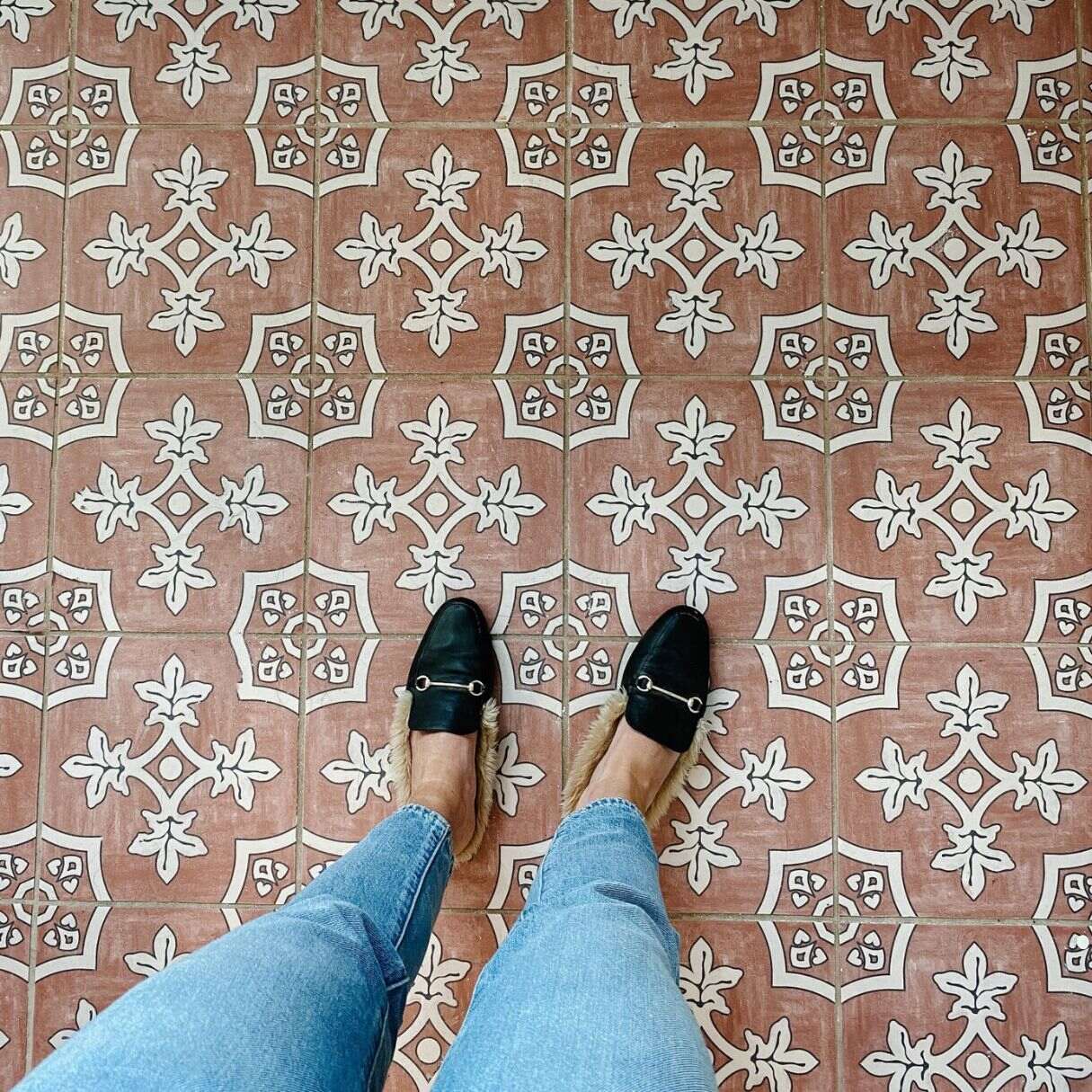
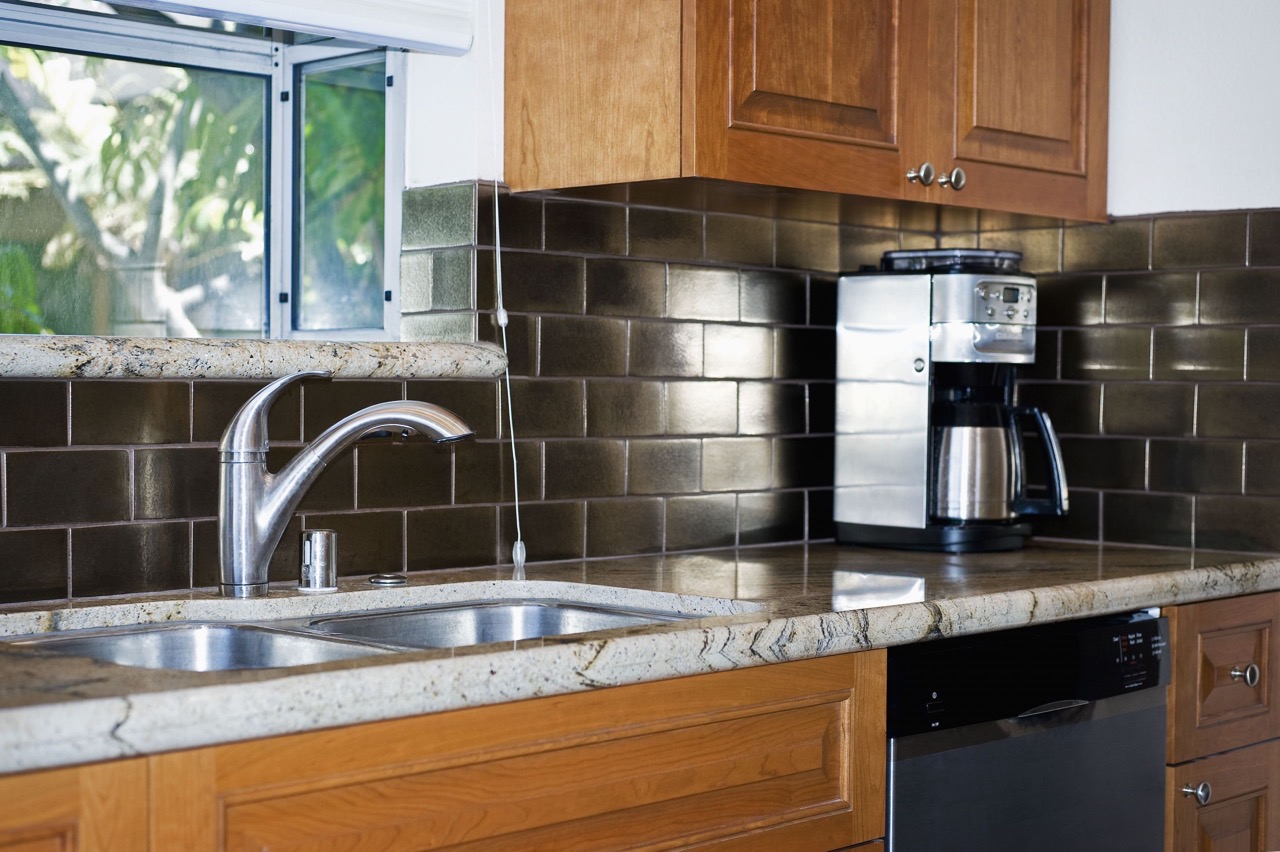
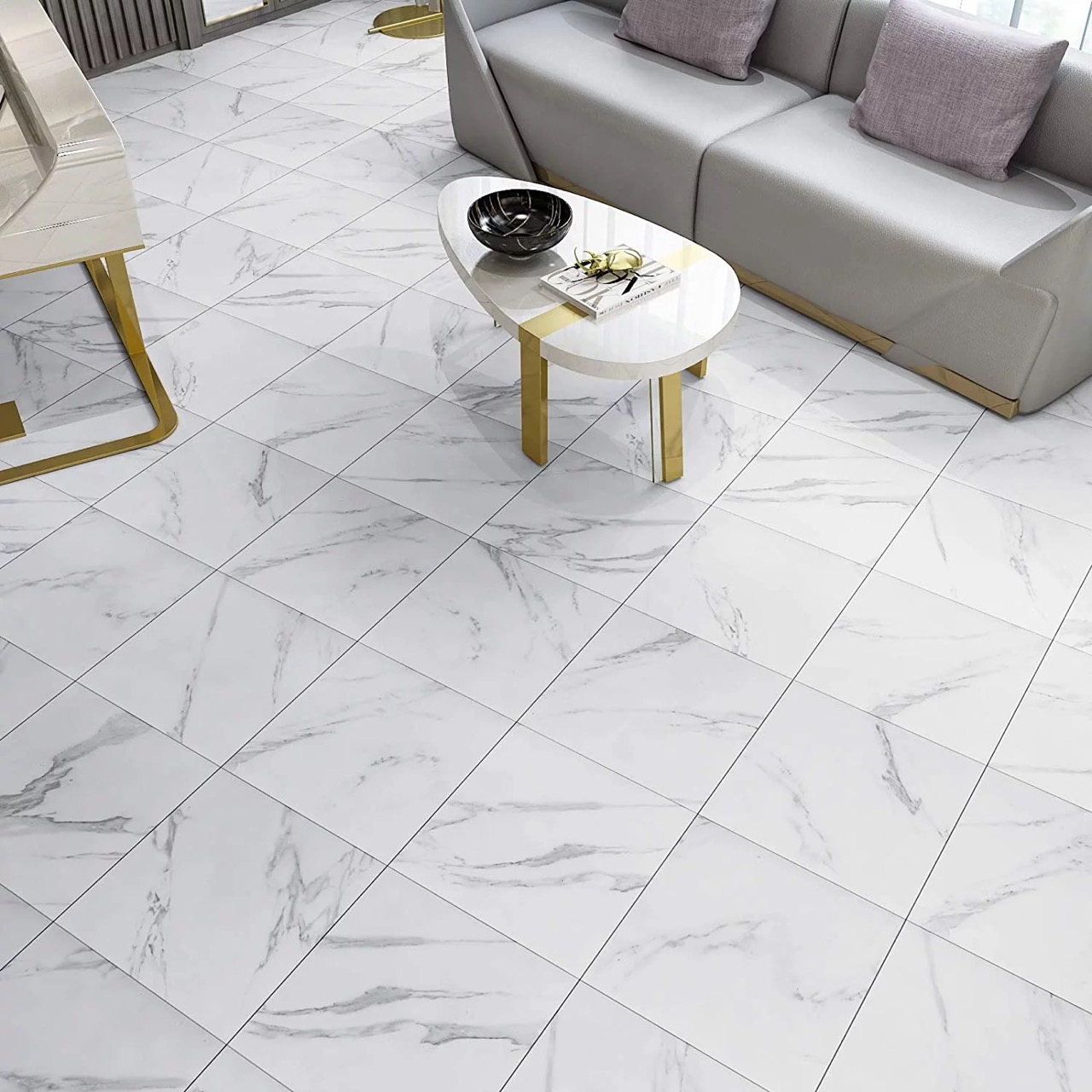
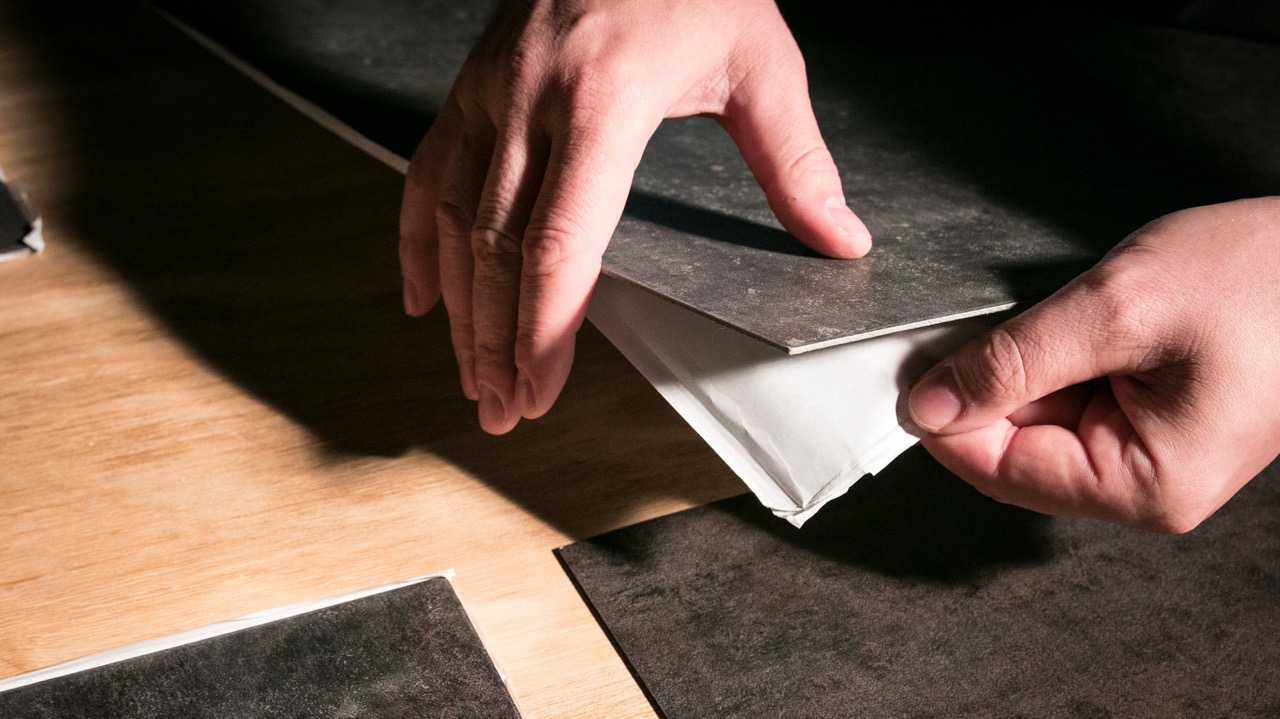
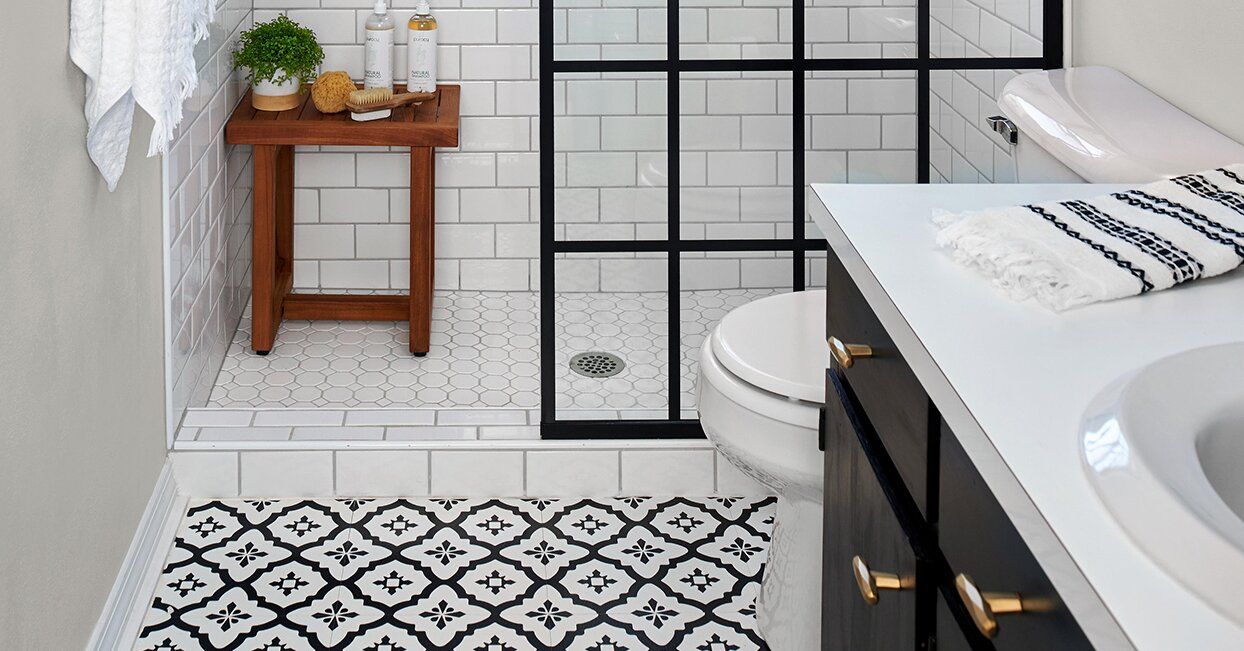

0 thoughts on “What Is Peel And Stick Flooring”